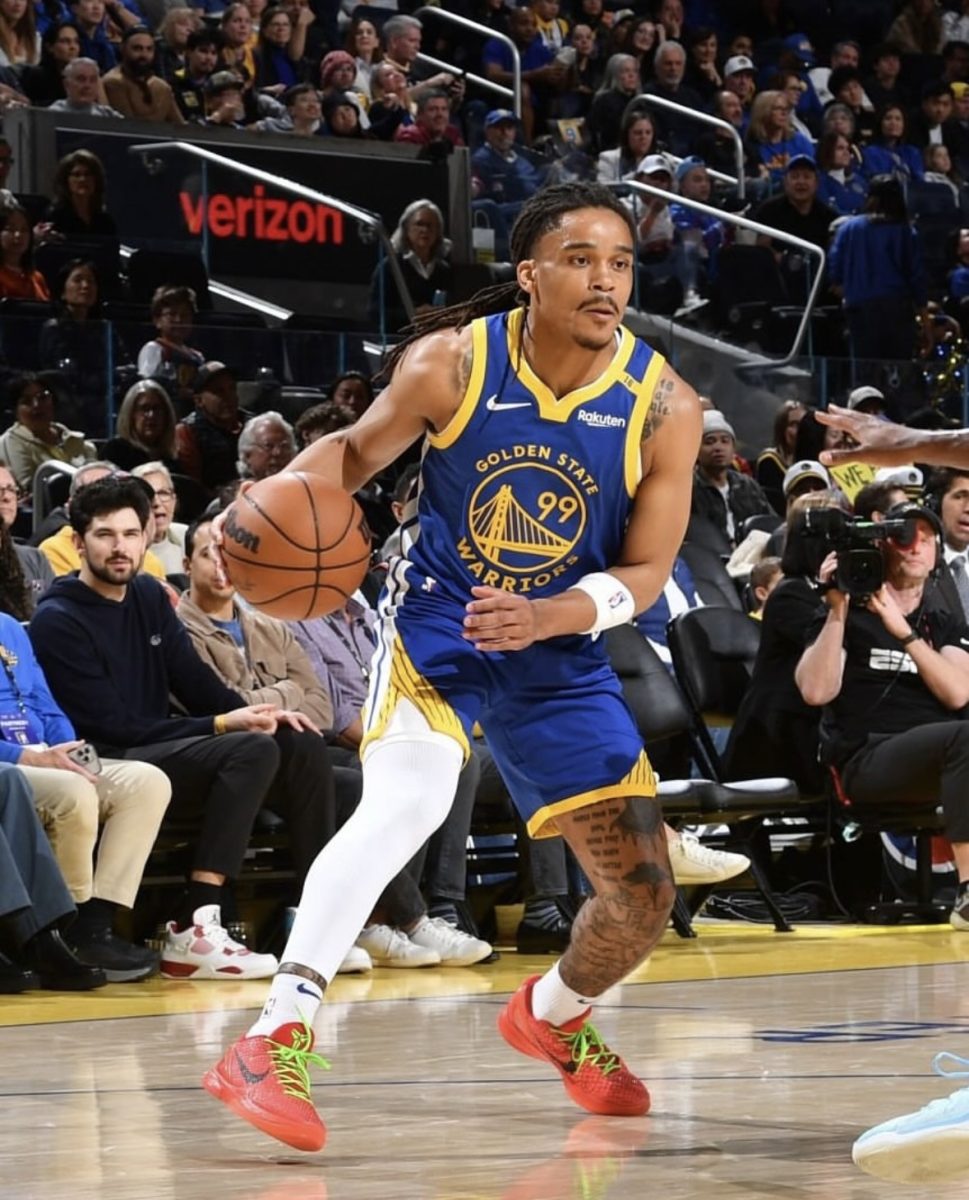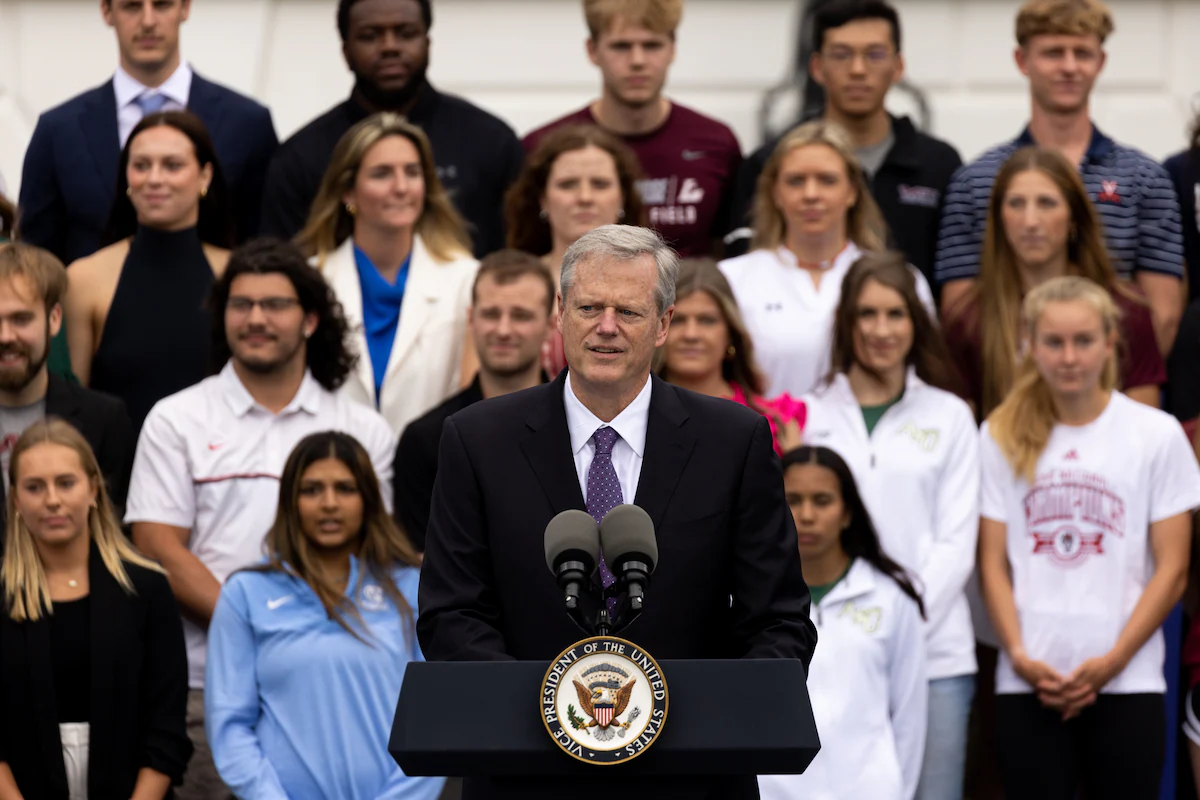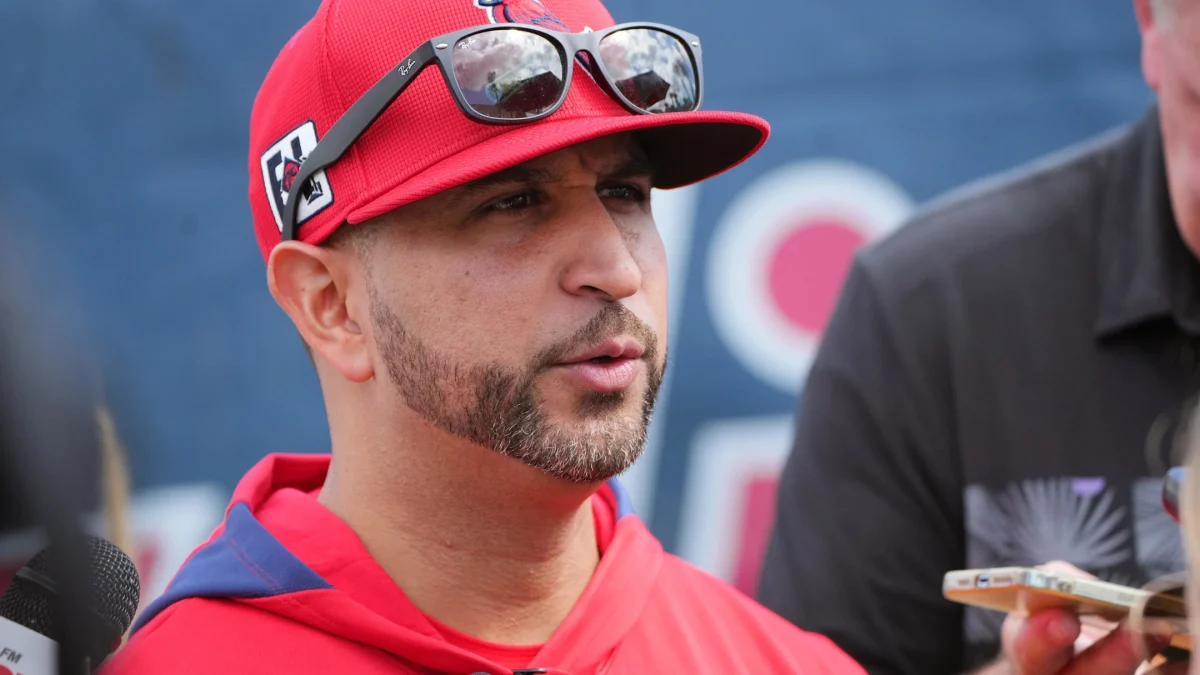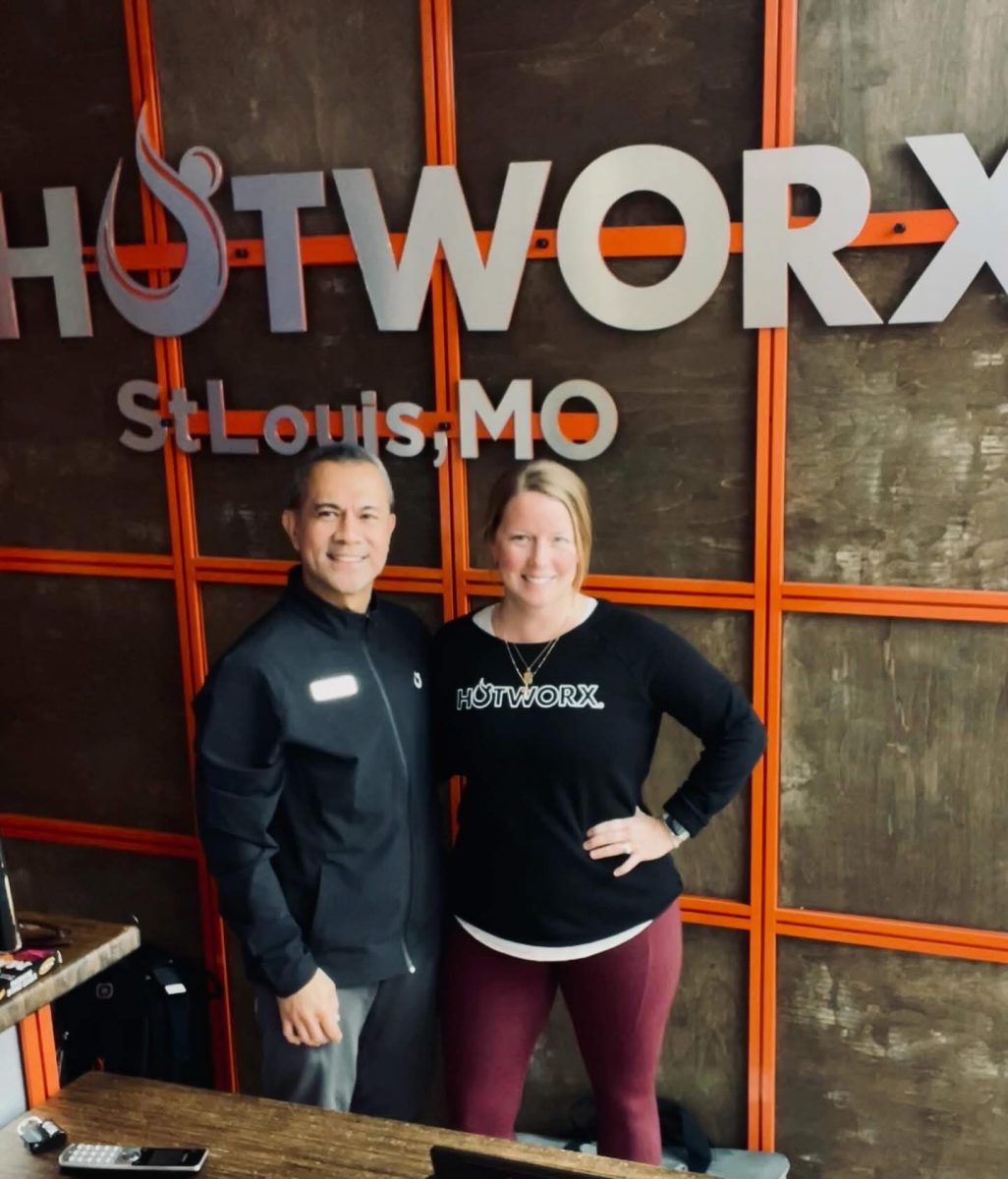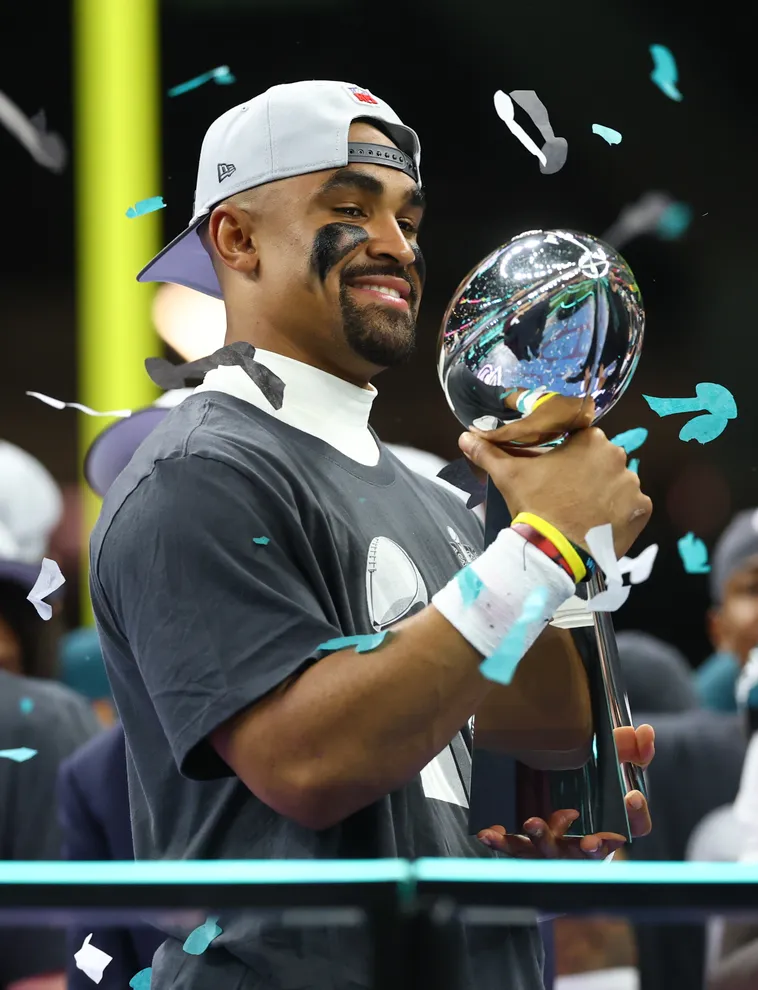The athletic trainers in the Saint Louis University Sports Medicine Department do more than just tape ankles and stretch athletes, according to Director of Sports Medicine Jonathan Burch.
With five certified athletic trainers and numerous medical specialists, sports medicine at SLU is truly a team effort.
“On a daily basis, we service the medical needs of our athletes here at SLU,” Burch said. “It’s a long day: We start early in the morning at 6:30, and we’re there until the last athlete leaves at the end of the day.”
Burch describes the sports medicine department as an extension of the coaching staff that focuses on the medical aspect of all SLU sports. Just like the teams, the athletic trainers have a game plan laid out in case an accident occurs during a match.
“I’ve got a great seat in the house on the bench to see the game, but I’m not watching for that,” Burch said. “I’m watching for if a guy hurts himself, and, in my mind, I’m mentally preparing how I’m going to treat that injury.”
Tyler Wadsworth, M.D., who is one of two medical doctors in the department, has been practicing sports medicine for 17 years. Although he has been here for less than a year, Wadsworth said SLU’s department is unique because of its quick care and early intervention opportunities.
“We have a team of physicians with different skills, so the athletes get really excellent expert care from the time they’re injured, and that’s a real luxury,” Wadsworth said.
Wadsworth has had experience at all levels, including high school, collegiate and professional teams, working with the Gateway Grizzlies baseball team and a brief stint with the Minnesota Vikings. He said Division I athletics is “the best and purest form of sports medicine.”
“Division I sports medicine has all the same resources that the [professionals] might have, but athletes across the board tend to be pretty cooperative, and that’s not always the case with pro teams.”
Because athletes have access to quality medical care every day, they are less likely to fake feeling fine in order to keep playing, Birch said.
“Many of [the athletes] at SLU are interested in medicine and are very bright,” Burch said. “They come in and do the things we ask them when they’re hurt, and that gives us the opportunity to work with them and get them back to playing.”
Wadsworth agreed with Burch and said SLU student-athletes are committed to recovery.
“They have a hunger for information, and they want to learn how to get over their injuries,” Wadsworth said. “It’s really an ideal situation in sports medicine.”
With all the necessary tools at its disposal, the sports medicine team is a combined effort. Each member in the all-encompassing staff of specialists plays a role in getting an athlete back on the court or on the field, Birch said.
“You’d be surprised how much goes on behind the scenes in sports medicine, but we don’t want to be on the forefront,” Burch said. “We want our athletes competing and doing what they came to college for and the things they love to do.”




